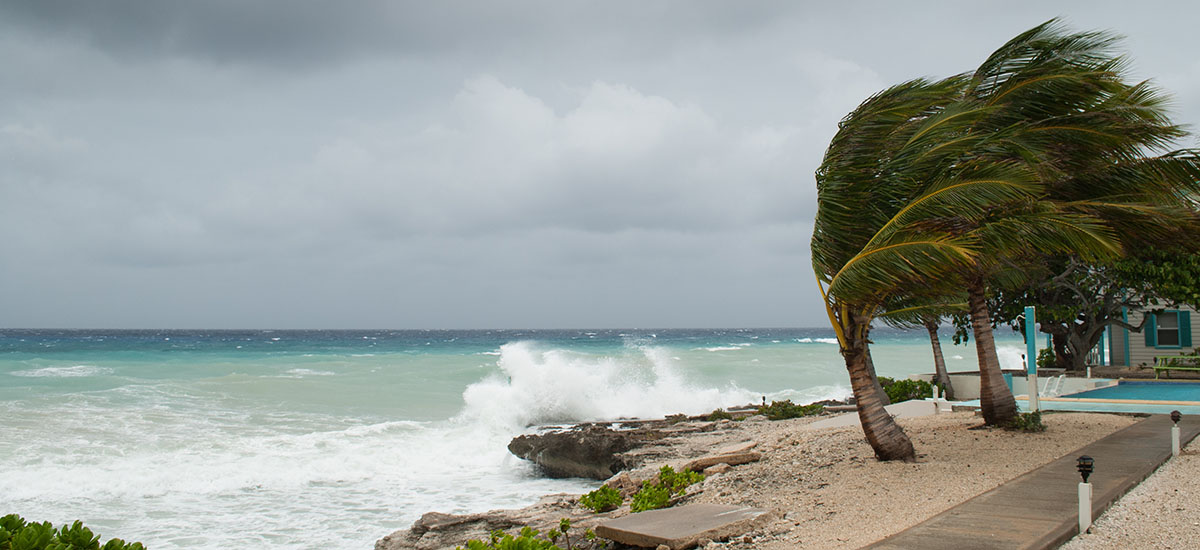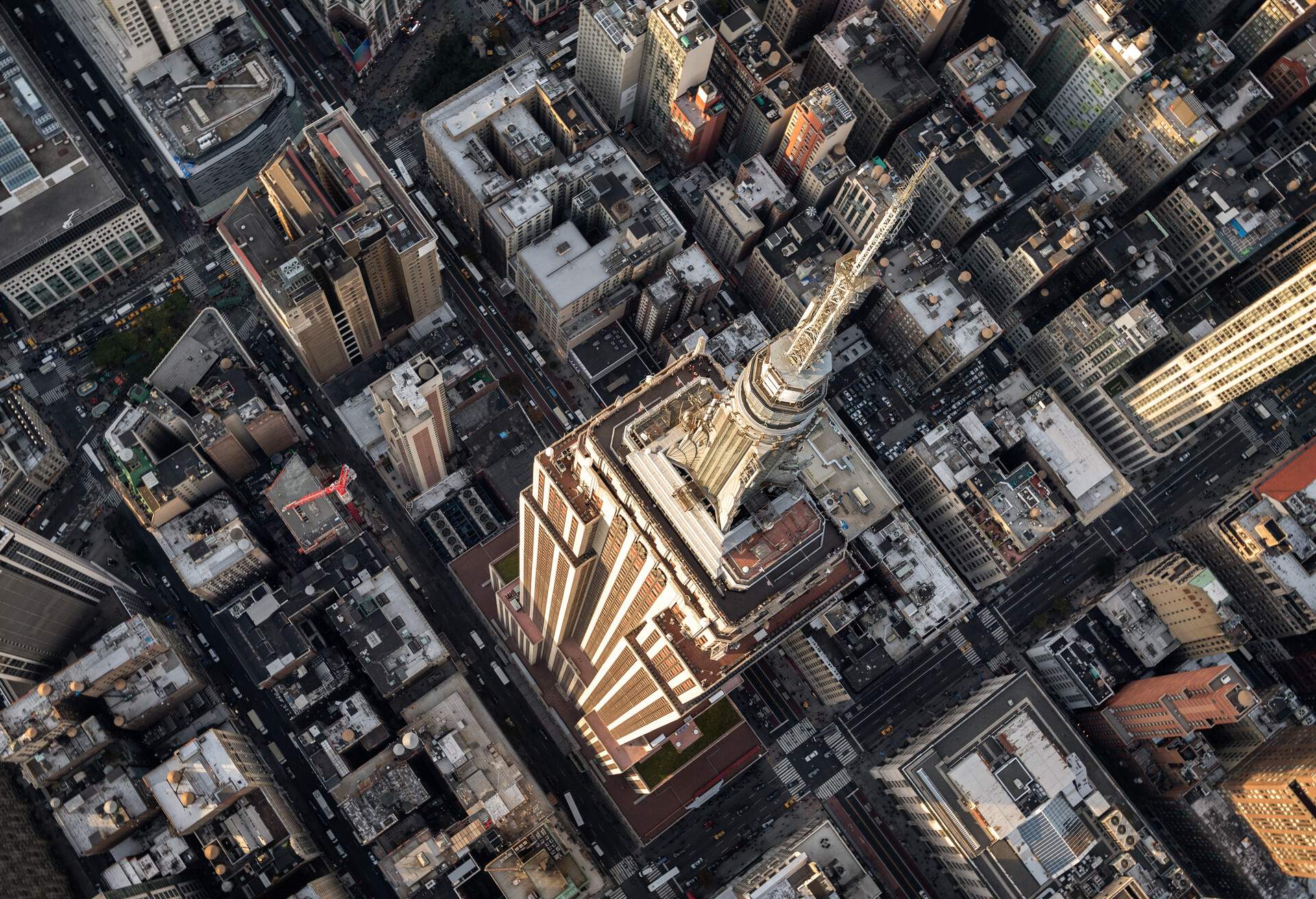At KAYAK, we are extremely interested in how people move about, and there are few causes for mass movement as big or as significant as natural disasters. Earlier this year, Hurricane Sandy hit multiple countries in the Atlantic region, and in particular left a large section of New York City, the Northeast’s largest travel hub, without power or running water. Many residents were displaced for days. We took a look at the effect that Sandy had on NYC travel.
Flights
The first thing we can take a look at is how flight bookings were affected by Sandy. Since it wasn’t clear how bad Sandy would be until a few days before the storm hit, let’s limit it to people who are trying to fly out of NYC within a few days of booking a ticket. We can see how the number of flight searches and tickets sold (as estimated by booking clicks on KAYAK) vary with the date of departure. The following chart shows how activity during the days surrounding Hurricane Sandy compares with the historical average of the past few months.

Not only did the number of flight bookings increase by up to 700% on a given day, there were also much fewer hesitant buyers. The drop in ticket sales on Oct 29th and 30th are due to the major NYC airports being shut down in the midst of the hurricane. Usually people tend to shop around by searching over multiple days or multiple visits to KAYAK, but in this case, users were more than twice as willing to book a flight after doing a search. This willingness is in spite of the fact that ticket prices from the NYC airports were 28% more expensive than the average ticket prices in the previous few weeks, which translates roughly to a $150 increase in ticket price.
The initial damage of Hurricane Sandy peaked at about the same time that flight search queries did, and hotel queries then peaked several days later. Like bottled water and canned foods, flights out of the disaster zone are a precious and limited commodity in a natural disaster, but flight prices are much more responsive to demand than bottled water. The strategy of “wait-and-see”, where you wait until the storm passes before deciding to leave the area, can be quite costly, especially if you can’t even find an available flight out of the area.
Hotels

On the other hand, New York hotel prices lagged behind enough to give the city some feasible and more affordable opportunities for shelter. It wasn’t until Friday, Nov. 2nd, that hotel prices peaked to nearly double the average over the previous weeks, despite the fact that last minute hotel bookings peaked on Wednesday Oct. 31st. Granted, it might have still been difficult for displaced New Yorkers to find good hotel rooms in the city, especially with the New York City Marathon scheduled for that weekend.
Cars
Many people also found a frugal alternative to flying out of New York. Whether due to lack of availability or prohibitive prices of airline tickets, last minute car rentals from the NYC area also saw a huge boost during the week of the storm.

Though car rental prices also increased during the week of Hurricane Sandy, the average price jump between the week of Sandy and the normal range was at most $30 (compared with $150+ for flights). In fact, a lot more people than usual decided to rent a car to get out of the city after finding that flights were too pricey.

On the day before the storm, which coincided with one of the most expensive days to book a flight, about a third of the car searches happened after a flight search. That’s an unusually high fraction of users who decided to rent cars instead of flying. The data is suggesting that people were more concerned than usual about cost-affordable alternatives to flying, and car rentals are certainly a viable option.
It’s difficult to generalize trends from one natural disaster to future natural disasters. However, I think the aftermath of Hurricane Sandy illustrates a few important points. If you decide to leave the city by flight, it’s best not to hesitate. And if you can’t find an available flight or can’t afford to fly, staying in a hotel or renting a car won’t break the bank quite as much and you might have a bit more time to figure out what to do. It always pays to be slightly ahead of the curve when making evacuation plans though, because even if prices don’t skyrocket, it might be very difficult to find an available hotel room or car if you wait too long.
-Steven Ji
KAYAK Data Scientist
(Preview photo cred: iStock.com/CraigMcCausland)







